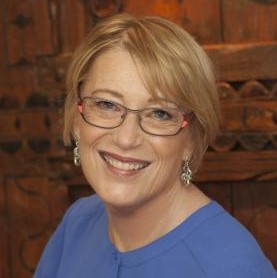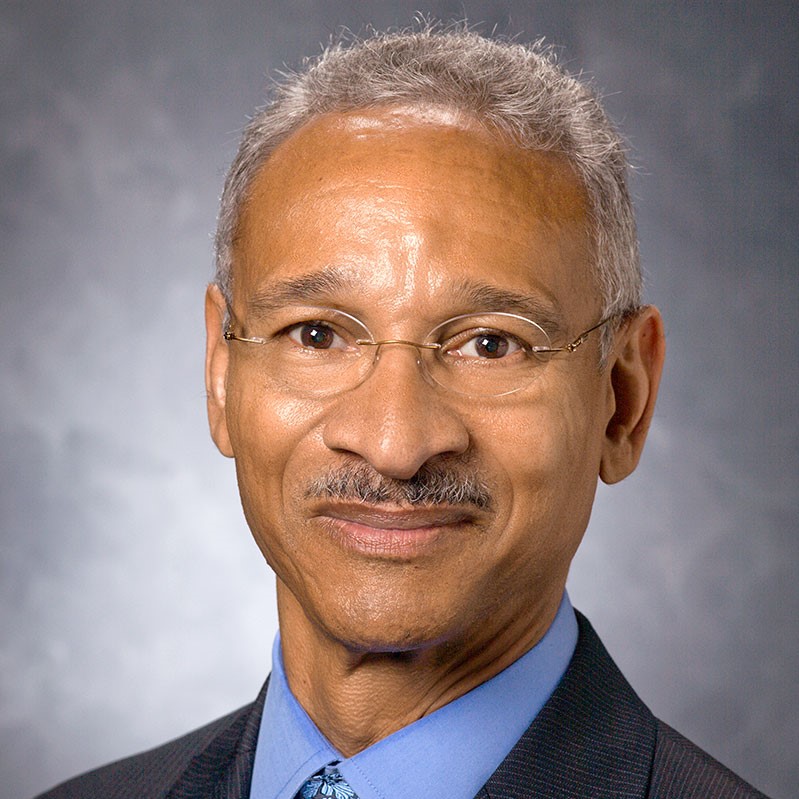Keynote presentations feature:
 Dr. Lynn Dumenil
Dr. Lynn Dumenil
Talk on September 29 at 12pm
Memorial Union Building, MTU
“Women & the Great War” Abstract
Professor Dumenil’s talk focuses on popular culture images of women in World War I. That conventional notions of womanhood persisted suggests the continuing power of expectations about women’s traditional roles in the family. The attention given to “modern” women’s war service and heroic activism offered dramatic evidence of boundary-crossing women. But the media’s fascination with the novelty of women at war undoubtedly led it to exaggerate the degree to which American women challenged gender conventions and helps us to understand why many observers believed — inaccurately — that the war would prove transformative in reshaping women’s lives.
Biography
Lynn Dumenil (Ph.D., University of California, Berkeley) is Robert Glass Cleland Professor of American History, Emerita, at Occidental College. She has also taught at Berkeley, Whitman College, and Claremont McKenna College. She specializes in U.S. women’s history and cultural and social history since the Civil War. Dumenil is the author of The Second Line of Defense: American Women and World War I (2017); The Modern Temper: American Culture and Society in the 1920s (1995); and Freemasonry and American Culture, 1880-1930 (2014); and co-author of Through Women’s Eyes: An American History (2008); America: A Concise History, and America’s History (2006). Her current project is The Women Behind the Men Behind the Gun: Working Women in World War II (Bedford, 2019). She has lectured extensively in the United States, as well as internationally. She was selected for an OAH/Japanese American Studies Association two-week teaching residency in Japan (1998). In 2001-02, she held the Fulbright Bicentennial Chair in American Studies at the University of Helsinki, Finland and in 2008 was a Senior Fulbright Lecturer at the University of Rome.

Dr. John H. Morrow, Jr.
Talk on September 28 at 7:30 pm
Rozsa Lobby, MTU
“The African American Experience in World War I & Aftermath” Abstract
The First World War occurred at the height of white supremacy, segregation, and lynching and race riots in the United States. Yet the wartime years appeared to offer African Americans the occasion to escape the oppression they suffered in the South for better jobs and living conditions in the North and West. African Americans further viewed the war as an opportunity to fight for their country again, as they had in all its previous wars, in order to prove to white Americans that they merited equal citizenship rights. When African Americans consequently participated in the war effort on the home and fighting fronts, how did white Americans respond to their efforts? Ultimately, how did the war affect race relations and the conditions of African American life in the postwar United States?
Biography
Dr. John H. Morrow, Jr., Franklin Professor of History at The University of Georgia, earned his BA with Honors in History from Swarthmore College and his PhD in Modern European History from the University of Pennsylvania. In 1971 Professor Morrow became the first African American faculty member in the College of Arts and Sciences at the University of Tennessee, Knoxville, where he taught for seventeen years. Morrow was invited to join the faculty of the University of Georgia in 1988 as Franklin Professor. In 1988-89 Morrow was the Charles A. Lindbergh Visiting Professor at the National Air and Space Museum (NASM), where he consulted on the design of the present gallery on World War I aviation. Morrow has been an invited lecturer at such institutions as the National War College, the Air War College, and the U.S. Military Academy, and he has chaired the History Advisory Committee to the Secretary of the Air Force, the Research Advisory Committee of the National Museum of American History (NMAH), and the Search Committee for the Director of the NMAH. He is the author of German Airpower in World War I (1982); Building German Airpower (1976); The Great War in the Air: Military Aviation from 1909 to 1921 (1993 [2009]); A Yankee Ace in the RAF. The World War I Letters of Captain Bogart Rogers (1996); The Great War: An Imperial History, 2004; and (with Jeffrey T. Sammons), Harlem’s Rattlers and the Great War: The Undaunted 369th Regiment and the African American Quest for Equality (2014). Dr. Morrow is currently writing a manuscript on the global and imperial nature of the Second World War.

Dr. Sue Collins
Talk on September 28 at 4pm
Orpheum Theater, Hancock
“Local Theaters, Propaganda, & WWI” Abstract
During the war, local theaters were key spaces to capture audiences’ attention – they were ripe venues for government and civil groups’ propaganda. Posters in lobbies, Four Minute Men speakers, slides, film trailers, newsreels, and official feature films were some of the ways the government reached movie-goers.
